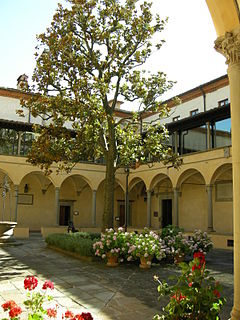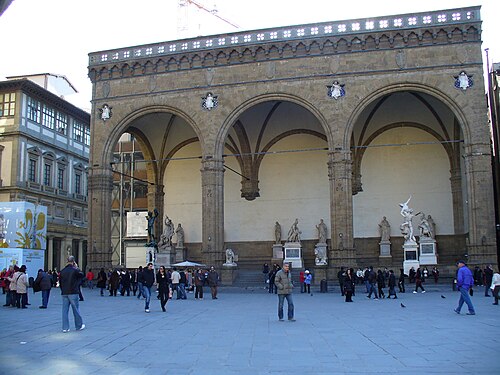Locations of the Festival
Palazzo VecchioSituated in Piazza della Signoria, the Palace marked the passage from the Commune and Signorie age to the Renaissance. A city hall, seat of the City Council of Florence but also Ducal Palace, in that it was the residence of Duke Cosimo I dei Medici and Eleanor of Toledo between 1540 and 1550. The Palace houses the famous Salone de’ Cinquecento, among the largest halls in Italy, where the High Council of Girolamo Savonarola’s Florentine Republic (made up of 500 members) would meet, not to mention the Italian Parliament at the time Florence was the Italian Capital, (1865-1871). |
<-Back to home







